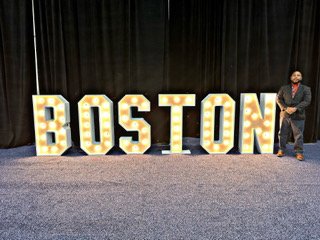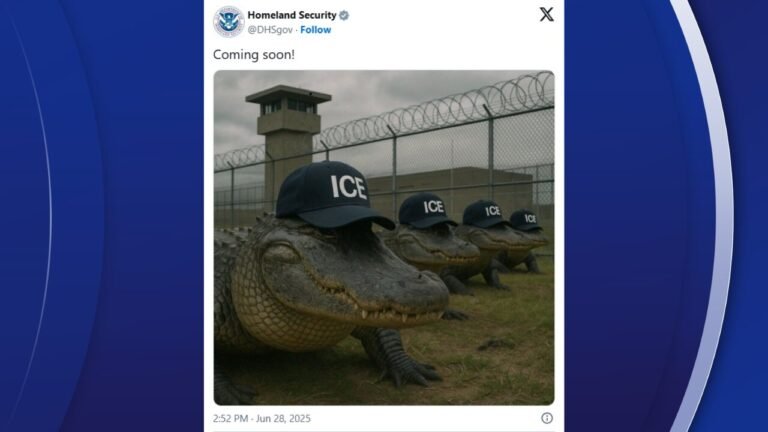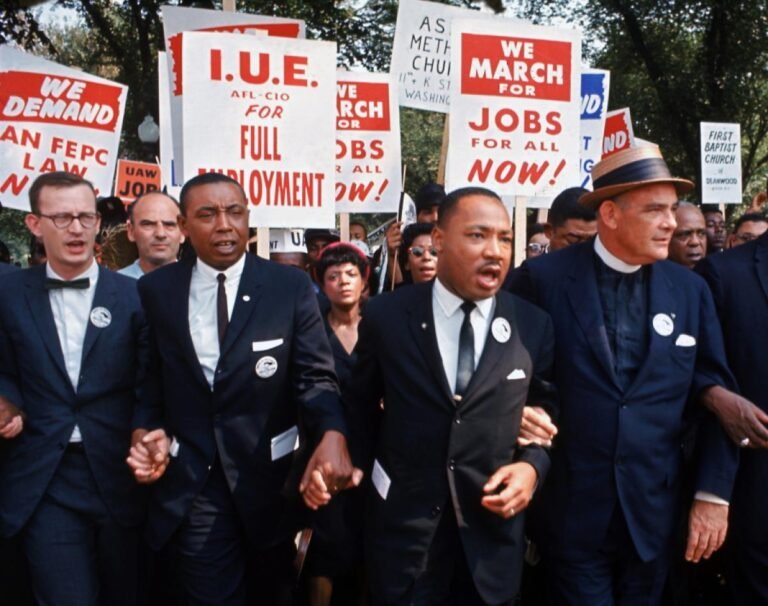The Profound Life Lessons of a Pencil: How They Apply to Supporting College Students Success
Close your eyes and think about a pencil. What comes to mind? For most of us, it’s just a writing tool – nothing special or worth dwelling on. But what if I told you that a pencil has the power to teach us valuable life lessons? In a YouTube video I recently rewatched titled “Profound Life Lessons of a Pencil,” the speaker delves deep into the hidden significance of this seemingly unremarkable object. The insights shared in this video are thought-provoking and inspiring, and as someone who works in higher education, I couldn’t help but draw parallels between these lessons and our work in supporting college students’ success.
The YouTube video titled “Profound Life Lessons of a Pencil” has a runtime of less than two minutes and is worth a watch. The speaker identifies four major lessons learned from a pencil. I will apply these lessons to our work in higher education to support student success. These lessons are:
- To be continually useful, we need constant resharpening.
- You will make mistakes along the way.
- Everything you do leaves a mark.
- What’s important is what’s inside you.
Let’s explore how each of these lessons can be related back to the work that faculty, staff, and administrators do in higher education to support student success. Go grab a cup of coffee or tea and let’s dive into this post through the lens of your very own #BoogieDownScholar.
Lesson # 1. To be continually useful, we need constant resharpening.
Just like a pencil needs to be sharpened regularly to be useful, we need to continually improve ourselves to be effective in our work. This challenges the “fake it till you make it†mantra that is still far too popular in leadership development today. I discussed why this mantra is problematic in an earlier post. As faculty, staff, and administrators, we need to keep up with the latest research, trends, and best practices in our field. We need to continuously hone our skill sets. We need to attend conferences, workshops, think tanks, and training sessions to learn new skills and stay current. We also need to seek out feedback from our colleagues and students to identify areas where we can improve. This can be tough because receiving constructive feedback is not a topic that is role modeled or taught well during our orientations into higher education careers. Some may be fortunate to have had a good supervisor and/or mentor that role modeled how to receive constructive criticism and feedback with becoming defensive.
Constructive, thoughtful feedback, along with all these other strategies mentioned above, allow us to remain sharp! However, just like sharpening a pencil can be painful, resharpening ourselves can be uncomfortable too. It may involve receiving constructive criticism or acknowledging our weaknesses. It could mean revisiting long held beliefs that are outdated or worse yet may have never been valid. But lesson #1 reminds us, this discomfort is absolutely necessary for our growth and the growth of those we are responsible for. By embracing the lesson of resharpening, we can become better versions of ourselves and better equipped to support our students.
Lesson # 2. You will make mistakes along the way.
As the old saying goes, to err is human.†Everyone makes mistakes, including college students. Its important for us to remember that mistakes and failures are not fatal. In fact, they can be valuable learning opportunities. When we make mistakes, we can reflect on what went wrong and how we can improve in the future.
I remember one time when I was in college, and I had a paper due the next day. First mistake, waiting until the last minute to write class papers. I am happy to report I no longer do this. I spent hours working on it, then the computer froze. I was in the EOP complex computer room at the University at Albany. I was livid. I wanted to toss that computer across the room but the thought of Dr. Carr calmed me right down (for those that know). All of my hard work was lost, and I had to start from scratch. So. So. So Upset. The last time I was this upset for losing saved work is when my mother turned off my nintendo when I was in the world series for Baseball Stars. Livid. Distraught. A 13 year old blubbering mess. lol
At first, I was devastated and considered getting an F on the assignment. I had put so much last minute effort into this paper, and now I had to start over! I knew it was going to be straight trash but as I began to work on it again, I realized that I had learned so much from multiple mistakes. I had learned the importance of backing up my work, becoming more organized in my approach to papers, and NOT waiting until the last minute for homework assignments. I would now start my papers two days before they were do – emerging scholar.
When I turned in the project, it wasn’t perfect, but it was my best effort, and I had learned a valuable lesson. From that moment on, I made sure to always save my work and keep backups, and I became a more diligent student as a result. The lesson here is that we all make mistakes, but it’s what we do with those mistakes that really matters. How do we recover and bounce back. We can choose to dwell on them and let them define us, or we can learn from them and use them as opportunities to grow and improve.
As educators, it’s our job to help our students see that mistakes are not the end of the world, but rather a stepping stone to success. We must create a culture where its okay to make mistakes. Far too many people work too hard to hide their mistakes only to continue making more. I know I have and it’s exhausting. We need to encourage our students to take risks and try new things, even if they might fail. We can also model this behavior ourselves by sharing stories of our own mistakes and what we learned from them. There is a popular saying that a set back is just a set up to spring forward. Not sure who to attribute this quote to but it certainly rings true for many of us.
Lesson #3. Everything you do leaves a mark.
Just as a pencil leaves a mark on paper, everything we do leaves a mark on the world – good and bad. I know that all of you aim to leave a positive mark. It is very rare we wake up choosing violence (popular colloquialism that is not meant to be interpreted as literal – I’m not angry ya’ll) but on some days people ask for the smoke and we must oblige. I digress. As educators, we have the opportunity to leave a positive impact on our students and we must because that is our charge. We should inspire them, challenge them, and help them grow.
I remember when I was in high school, I had an English teacher who valued integrity and hard work above all else. Mr. McCauley would often say, “We be hanging,” to remind us that our actions had consequences, both good and bad. One of the ways he enforced this was through J.U.G. (Judgment Under God) detention for late school work. If we missed an assignment deadline, we had to stay after school until 5 pm. At first, I thought it was harsh, but as time went on, I began to understand the importance of discipline and accountability.
Mr. McCauley was trying to instill in us the idea that everything we do leaves a mark, and that we should strive to leave a positive one. By holding us accountable for our work and our actions, he was teaching us that we had the power to shape our own destiny and the trajectories of others. And it wasn’t just about school work – Mr. McCauley also valued honesty, kindness, respect, and critical thinking. He created a culture of inclusivity and compassion in his classroom, where everyone felt valued and supported.
That experience taught me that we all have a responsibility to make a positive impact on the world. Whether it’s through our school work, our relationships, or our actions, every choice we make leaves a mark. As educators, it’s our job to help our students understand this and to inspire them to make choices that will leave a lasting, positive legacy.
We also have a responsibility to leave a good legacy for others to build on. This means creating a culture of inclusivity, respect, and compassion. It means modeling ethical behavior and encouraging our students to do the same.
Lesson #4. What’s important is what’s inside you.
The video reminds us that what’s inside the pencil is what really matters. Similarly, what’s inside us is what defines us. Our values, beliefs, and character are what make us who we are.
As educators, we need to cultivate our inner selves in order to be effective in our work. This means reflecting on our values and beliefs, and making sure they align with our actions. It means taking care of our physical and mental health, so we can be present and engaged with our students. I have to keep it a buck his has been very difficult for me the last 5 years – especially during and after the pandemic. But we must try. And it means modeling the kind of behavior we want to see in our students, such as honesty, empathy, resilience, and critical thinking (depending on the state you work in I guess).
As higher education professionals and educators, we have a tremendous impact on our students lives. By modeling these lessons ourselves and encouraging our students to embrace them, we can help them develop the skills and mindset they need to persist and succeed.
To apply these lessons to our work, we need to be intentional about our professional development. This means seeking out opportunities for learning and growth, even when they might be uncomfortable or challenging. It means embracing feedback and using it to improve ourselves and our work. It means staying current with the latest research and best practices in our field, so we can provide the best possible support for our students.
We also need to create a culture where its okay to make mistakes. This means being patient and compassionate when our students stumble, and using those moments as opportunities for growth and learning. It means encouraging our students to take risks and try new things, even if they might fail.
To leave a positive legacy, we need to be intentional about the values and behaviors we model. This means cultivating a culture of inclusivity, respect, and compassion. It means promoting ethical behavior and holding ourselves and our students to high standards of integrity. And it means demonstrating the kind of behavior we want to see in our students, such as empathy, honesty, and resilience.
Finally, to cultivate our inner selves, we need to make time for self-care and reflection. This means taking care of our physical and mental health, so we can be present and engaged with our students. It means reflecting on our values and beliefs, and making sure they align with our actions. Far too often, for too many of us..our words are not in alignment with our actions. We can do better and we must for students. And it means modeling the kind of behavior we want to see in our students, such as self-awareness, self-control, and a growth mindset.
The lessons we can learn from a pencil are simple but powerful. By embracing constant resharpening, acknowledging mistakes as opportunities for growth, leaving a positive legacy, and cultivating our inner selves, we can better support our students success. As educators, we have the power to inspire, challenge, and guide our students to reach their full potential. Let’s use that power to make a positive impact on the world. I wish I could travel back in time and share the lessons of a pencil with my younger self..and stock tips, can’t forget stock tips.

Reflective Questions:
- How can you apply these lessons to your own life and work in supporting college students’ success?
- How can you encourage your students to embrace these lessons and apply them to their own lives?







